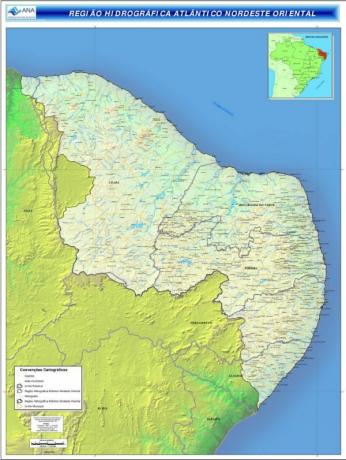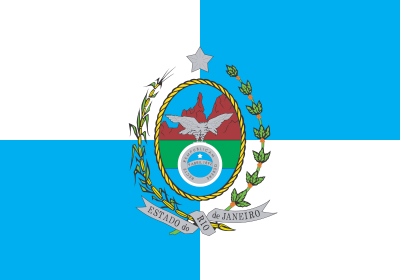Who has never been approached on the streets by people selling sunglasses, DVDs, CDs, shoes, clothes, among other counterfeit products? The concept of the "camelô" is the most common in terms of informal economy. However, its scope is much greater and is characterized by being a set of economic activities carried out without there are official records, such as signing the work card, issuing invoices and social contract of company.
According to data from a survey carried out by the Brazilian Institute of Geography and Statistics (IBGE) and the Brazilian Support Service for Micro and Small Businesses (Sebrae), only 8.8% of the informal economy it is practiced on the streets, with most of these activities carried out in homes (27.3%) and at the client's home (27.5%). According to data from the International Labor Organization (ILO), at the beginning of the 21st century there were more than 300 millions of informal workers in the world, with more than 10% of the total working in the Brazil.
The informal economy is very common in underdeveloped and emerging countries. Its development occurs as a result of structural unemployment, tax collection and bureaucracy to act legally. Consumers, in turn, are attracted by the low prices of these products, as some original objects (CDs, DVDs, clothes, programs, computer games, etc.) have values very high.
Do not stop now... There's more after the advertising ;)
In Brazil, it is estimated that one third of the cigarettes consumed are smuggled, 500 thousand pieces of clothing counterfeits are produced per month and about 50% of computer programs sold are counterfeit. In addition to domestic production, the country is a major recipient of counterfeit products from China, Singapore, Malaysia and Paraguay.
This type of activity directly affects the national Gross Domestic Product (GDP), as many goods are manufactured and sold without paying taxes. If the entire informal economy were legalized, the Brazilian GDP could have an increase of around 30%.
The fight against the informal economy is ineffective and the population, through the purchase of these goods, contributes a lot to the strengthening of this circuit. Some experts claim that this activity is the only alternative for obtaining income for a large part of the population, in addition to strengthen the national GDP, as a portion of the income is destined to the purchase of products manufactured by companies that operate in the legal procedures. Some scholars, however, disagree, claiming that a good part of the financial resources are destined to criminal organizations and that informality harms the evolution of the national GDP.
By Wagner de Cerqueira and Francisco
Graduated in Geography
Brazil School Team
Would you like to reference this text in a school or academic work? Look:
FRANCISCO, Wagner de Cerqueira e. "Informal economy"; Brazil School. Available in: https://brasilescola.uol.com.br/brasil/economia-informal.htm. Accessed on June 27, 2021.



